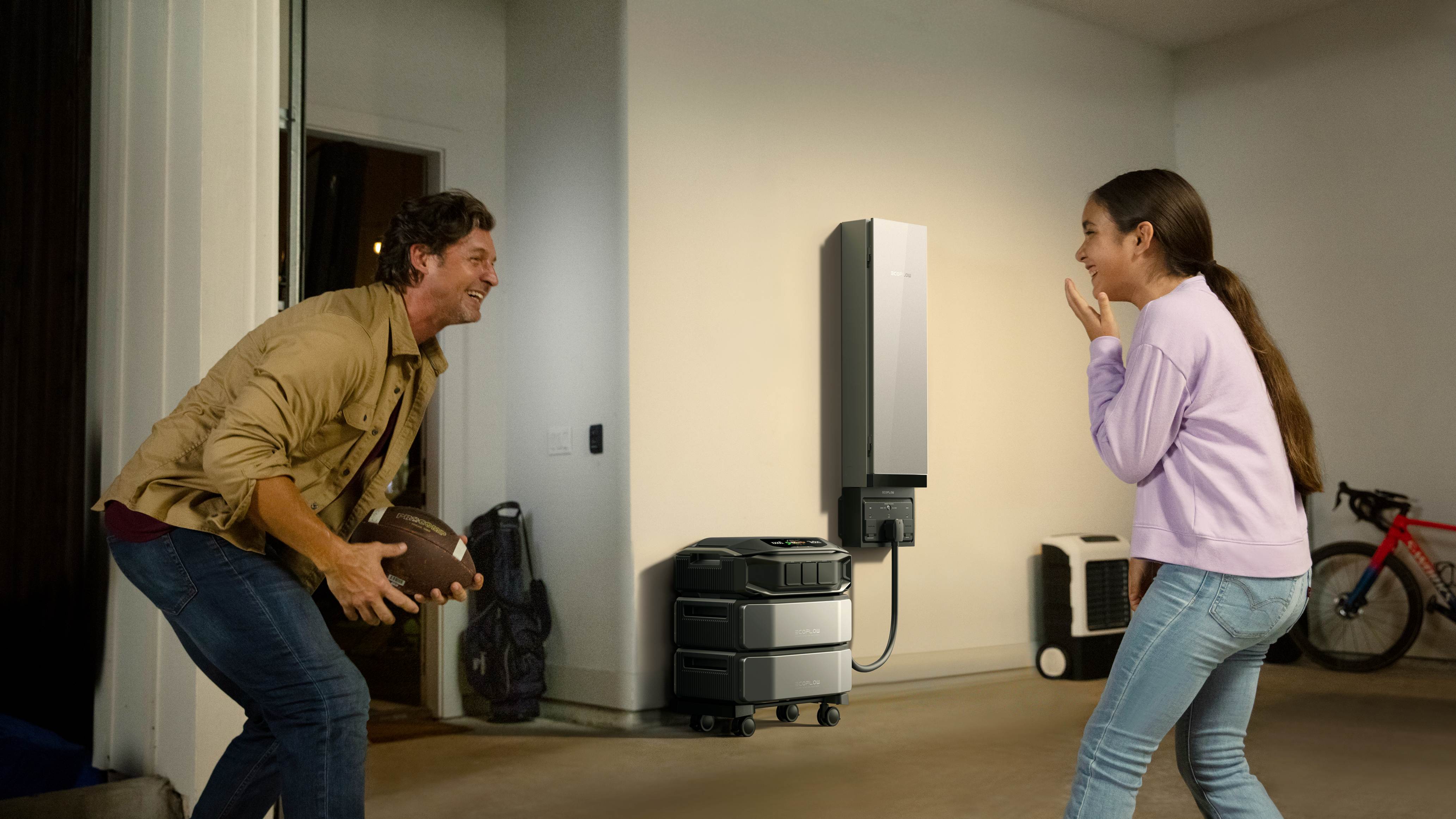What Is the Difference Between a Winter Storm Watch, Warning, and Advisory?
When winter weather hits, you'll hear meteorologists throw around terms like "watch," "warning," and "advisory." Here's the simple breakdown: A winter storm warning means dangerous winter weather is happening now or will hit within 12-24 hours. A winter storm watch gives you a heads-up that severe conditions might develop in 24-48 hours. A winter storm advisory means winter weather is coming, but it won't be as intense—think inconvenient rather than dangerous. Understanding these differences could save your life.
What Makes a Winter Storm Warning Different from a Watch and Advisory?
The National Weather Service uses these three alert levels to tell you how serious winter weather will be and when it's coming. Think of them as a traffic light system for storms.
Alert Level Comparison
Here's how these three stack up:
Alert Type | Timing | Severity | Action Needed |
Winter Storm Warning | 0-24 hours | High - dangerous conditions | Take shelter immediately, avoid all travel |
Winter Storm Watch | 24-48 hours | Potentially high | Prepare now, monitor updates |
Winter Storm Advisory | 0-24 hours | Moderate - inconvenient | Use caution, adjust plans |
According to the National Weather Service:
A winter storm warning is the most urgent. It means you're about to get hit—or are already getting hit—with heavy snow (often ~6 inches in 12 hours or ~8 inches in 24 hours) and/or significant ice (~0.25 inches), with exact thresholds varying by local NWS office. This is when you need to be off the roads and hunkered down at home.
A winter storm watch is your early warning bell. It signals that warning-level conditions are possible in the next 24–48 hours, but forecast confidence isn’t yet high enough to issue a warning. This is your golden window to hit the grocery store, fill up your gas tank, and make sure you've got batteries and flashlights ready.
A winter storm advisory means winter weather is on the way, but it won't meet warning criteria. You may see a few inches of snow and/or light icing—enough to make roads slick and travel slow, but generally manageable with caution. Roads will be slippery, and driving will be annoying, but it's not life-threatening if you're careful.


How Alerts Get Upgraded
Weather doesn't always follow the script. Sometimes a winter storm watch gets upgraded to a warning as forecasters get more confident about the storm's path and intensity. The National Weather Service constantly monitors radar, computer models, and ground observations. If conditions worsen faster than expected, an advisory can jump straight to a warning.
A winter storm warning kicks in when heavy snow or ice is imminent. Different regions have different thresholds—what counts as "heavy" in Atlanta differs from Buffalo—but generally, you're looking at significant accumulation that makes travel dangerous or impossible.
A winter storm watch is issued when warning-level conditions are possible within about 24–48 hours; it’s not a guarantee, but a heads-up to prepare. This is when smart people start preparing without panicking.
Winter storm advisory covers the middle ground. Snow will fall, ice might form, but it's manageable. Plan extra time and drive slowly; expect travel delays rather than outright shutdowns.
How Does a Winter Storm Warning Compare to a Tropical Storm Warning?
They sound similar but flag very different weather hazards. Here’s a quick side-by-side to help you prep for the right risks at the right time.
| Dimension | Winter Storm Warning | Tropical Storm Warning |
| System & Season | Forms as cold air masses meet moisture, typically Nov–Mar; often with arctic outbreaks. | Warm-season cyclones over tropical seas, typically Jun–Nov; first impact along coasts (Gulf/Atlantic). |
| Energy Source | Temperature gradients between air masses (NOAA). | Warm ocean heat/latent heat fuels organization and intensification. |
| Main Hazards/Precip | Heavy snow, sleet, freezing rain, cold, gusts. | Sustained winds 39–73 mph, torrential rain, storm surge; no snow. |
| Warning Focus | Snowfall totals, ice accretion, wind-chill. | Sustained wind speed, storm surge, flooding rain. |
| Lead Time | Typically 12–24 hours (track/intensity can change quickly over land). | Typically ~36 hours (ocean tracks are easier to monitor). |
| Most Affected Areas | Inland/high-latitudes; slick roads, low visibility. | Coastal/near-coastal first, then inland flooding possible. |
| Typical Impacts | Hazardous travel, ice-load tree/power damage, outages, frozen pipes. | Wind damage, downed trees/roofs, coastal surge, flash flooding. |
| Preparedness | Insulate/home heat, protect pipes, minimize travel. | Secure outdoor items, board up as needed, prep for flooding/possible evacuation. |
| Health Risks | High risk of hypothermia during outages/cold. | Injury/drowning risks from wind/flooding; prolonged outages/water issues. |
Both are serious warnings, but winter storms center on cold, snow/ice, and wind-chill, while tropical storms emphasize strong winds, heavy rain, and surge. Follow official guidance early and tailor your prep—insulate and heat for winter; secure, drain, and plan to relocate for tropical systems.
How Should You Prepare for Winter Storm Conditions?
Preparation separates people who weather the storm comfortably from those who scramble in a crisis. Here's your game plan.
Pre-Storm Preparation Essentials
Start building your winter storm kit in the fall. Stock up on non-perishable food, bottled water (one gallon per person per day for three days), and prescription medications. Keep a first aid kit, flashlights, extra batteries, a battery-powered radio, and warm blankets in an easy-to-reach spot.
For your home, check your heating system before winter arrives. Clear gutters, trim tree branches that could fall on power lines, and insulate pipes in unheated areas. Keep your gas tank above half full during the winter months.
For households that rely on medical equipment or need greater resilience, pre-charge a whole-home backup system such as EcoFlow Delta Pro Ultra X before the storm, it supports ~12 kW split-phase 120/240 V output with adaptive startup, up to ~10 kW PV input, and roughly ~70 minutes to 80% (conditions apply), making fast top-ups easy before the front arrives.
Keeping the Lights On
Power outages during winter storms aren't just inconvenient—they're dangerous. When temperatures plummet and your furnace stops working, you've got a serious problem. Severe weather is the leading cause of U.S. power outages; in cold-season regions, winter storms are a major driver of prolonged outages.
This is where backup power becomes critical. A UL-listed, code-compliant home battery system (or portable power station configured for essential loads) can keep critical circuits—heat, refrigeration, medical devices, lighting, and communications—running during grid failures. For example, EcoFlow Delta Pro Ultra X has undergone related UL 9540/9540A/1973 safety evaluations, delivers ~12 kW split-phase output per unit, and pairs with Smart Home Panel 3 for ~20 ms automatic transfer; its adaptive start and ~178 A LRA capability help start 5-ton-class AC/heat pumps while sustaining essentials like refrigerators, lighting, and communications.
Staying Safe During the Storm
Once the storm hits, stay inside. Most winter storm injuries and deaths happen to people who went outside unnecessarily. If you absolutely must go out, dress in layers, cover all exposed skin, and tell someone where you're going.
Keep your thermostat at a consistent temperature. Use your backup power system wisely—run essential items first. Never use a gas oven or outdoor grill for heat—carbon monoxide kills quietly.
If an outage lasts for days, Delta Pro Ultra X can interface with third-party generators via the matched rectifier for up to ~12 kW continuous recharging, while prioritizing battery output to reduce noise and fuel use—improving long-duration backup (subject to actual input and local codes).
Post-Storm Recovery Steps
After the storm passes, don't rush outside. Check for downed power lines before walking anywhere. Clear snow in stages to avoid overexertion—heart attacks from snow shoveling kill dozens every winter.
Inspect your roof for heavy snow loads. Check pipes for freezing. Document any damage with photos for insurance claims. Once it's safe, check on neighbors.


Frequently Asked Questions
Q1. How Accurate Are Winter Storm Watches in Predicting Actual Storms?
Verification varies by region and storm type; many watches are upgraded to warnings, but not all. Coastal systems (nor’easters) often verify better than fast-moving clippers, and lake-effect events are notoriously sensitive to small wind shifts that change snow bands. Meteorologists issue watches when model guidance shows the potential for significant winter weather in the 24–48 hour window, then refine as new data arrives. Don’t dismiss a watch—use that time to prepare.
Q2. What Should I Do If I’m Caught Driving During a Winter Storm Warning?
If you're already on the road when a winter storm warning hits, your priority is reaching safety immediately. Don't try to complete your journey—find the nearest hotel, rest stop, or public building and wait out the storm. Trying to push through warning-level conditions is the main cause of winter storm fatalities. If you can't find shelter and must continue, slow to well below the posted limit, increase following distance substantially, keep headlights and hazards on when visibility drops, and avoid using cruise control on slick surfaces. If visibility becomes near-zero, pull completely off the road away from traffic lanes, turn on hazard lights, and stay in your vehicle—people can become disoriented in whiteouts when attempting to walk to “nearby” shelter.
Q3. Can Winter Storm Warnings Be Canceled or Downgraded?
Yes, winter storm warnings can be canceled or downgraded if the storm weakens, changes track, or moves through faster than expected. The National Weather Service continuously updates warnings based on real-time observations and radar data. If rates fall below local warning criteria or precipitation type changes, forecasters may end a warning early or downgrade to an advisory. If you see a warning canceled, don’t assume all danger has passed; roads may still be hazardous with snow and ice already on the ground.
Stay Prepared and Stay Safe
Now you know the difference between a watch, warning, and advisory—and what to do when you see each one. Warnings mean act now, watches mean prepare now, and advisories mean stay alert. Build your emergency kit today. Consider investing in a code-compliant home battery backup or portable power station to keep essential loads on when the grid goes down. Don't wait until a winter storm warning is issued. Winter weather is coming—be ready. Want “energy armor” for deep winter? Learn about EcoFlow Delta Pro Ultra X: ~12 kW split-phase whole-home backup, capacity scalable to ~60–180 kWh, evaluated to relevant UL safety standards, and deeply integrated with Smart Home Panel 3—helping you stay calm when the storm hits.